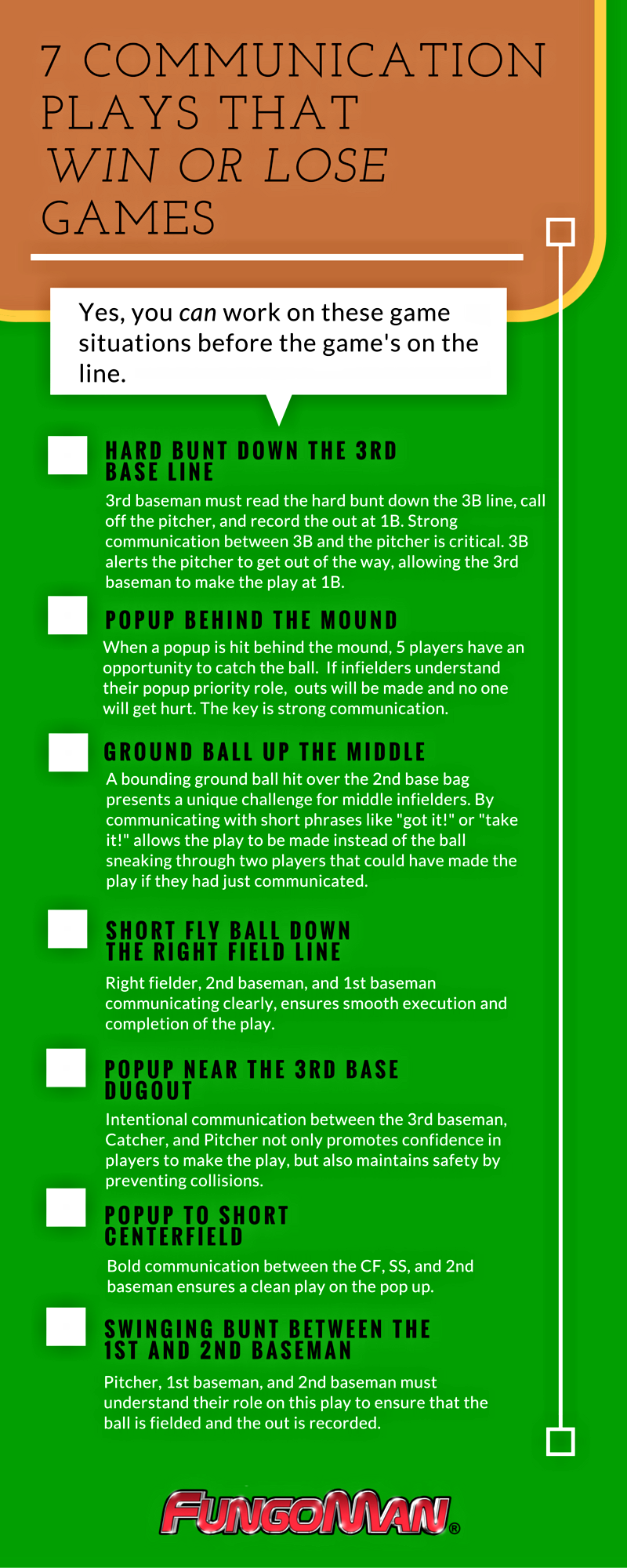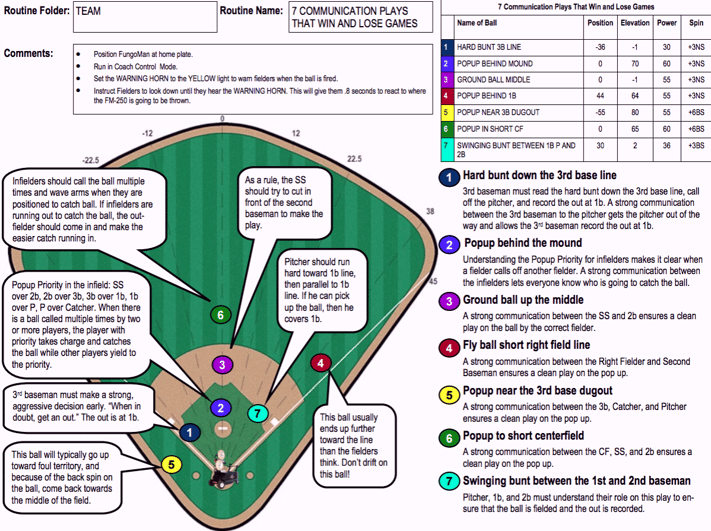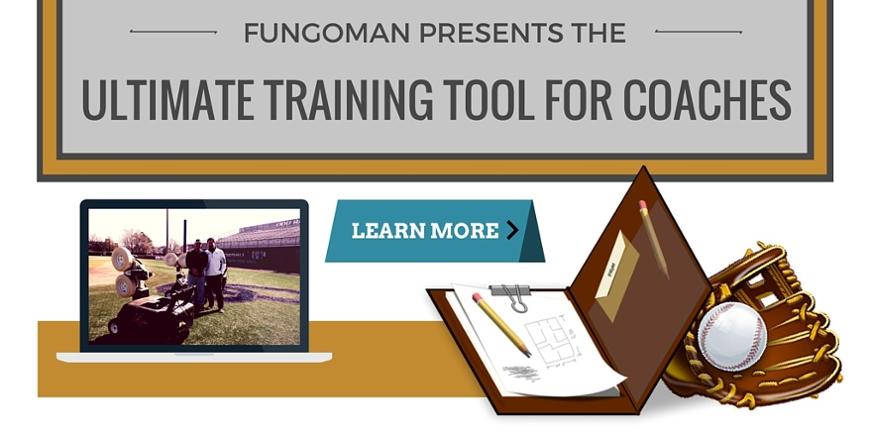
"In theory there is no difference between theory and practice. In practice there is." The source of all baseball wisdom, Yogi Berra, couldn't be more accurate. Especially when it comes down to the practice of communication plays.
It's absolutely vital to carve out practice time for plays that rely on the verbal aspect of making the out. In the heat of the game, unprepared players panic with the pressure, forget to broadcast their presence, and inevitably find out all too late that their fellow comrades either assumed the other would rise to the occasion, or inevitably make contact with more than just the ball.
So when it comes to focusing on communication, how do you educate your players on the most successful protocols for each game situation? Take a look at this infographic to discover the simple ingredients to instill confidence in your players when these fielding situations arise.

It's all in the details...
1. Hard bunt down the 3rd base line
3rd baseman must make a strong, aggressive decision early. "When in doubt, get an out." The out is at 1B.
2. Popup behind the mound
Popup Priority in the infield:
SS over 2B
2B over 3B
3B over 1B
1B over Pitcher
Pitcher over Catcher
When there is a ball called multiple times by two or more players, the player with priority takes charge and catches the ball while other players yield to the priority.
3. Ground Ball up the middle
As a rule, the SS should try to cut in front of the 2nd baseman to make the play.
4. Fly ball short right field line
This ball usually ends up further toward the line than the fielders think. Don't drift on this ball!
5. Popup near the 3rd base dugout
This ball will typically go up toward foul territory, and because of the back spin on the ball, come back towards the middle of the field.
6. Popup to short center field
Infielders should call the ball multiple times and wave arms when they are positioned to catch ball. If infielders are running out to catch the ball, the outfielder should come in and make the easier catch running in.
7. Swinging bunt between the 1st and 2nd baseman
Pitcher should run hard toward 1B line, then parallel to 1B line. If he can field the ball without changing his route, then he should do so and tag 1B himself. If he can't, he should continue along his route and cover 1B. Either the 1st baseman or 2nd baseman will field the ball and flip or throw the ball to the pitcher in stride as the pitcher approaches 1B.
Did you know that you can recreate this drill using FungoMan?
Adding this routine to the FungoMan wireless remote gives coaches and players a drill that will replicate these plays simply and accurately. The drill is most effective when run with the entire team on the field.
How to practice these game situations:
1. Each play in the routine has player responsibilities and techniques that should be discussed prior to executing the play.
2. Plays should be “walked through” at a slow pace to discuss and demonstrate proper execution.
3. As proficiency is developed, the drill should be executed at game speed.
4. Finally, by simulating a game situation with number of outs and base runners, the drill becomes an intense mental conditioning practice, as well as a tool to develop proper techniques and communication.





![Abandoning the One-Size-Fits-All Approach [Coaches Forum Footnotes] Abandoning the One-Size-Fits-All Approach [Coaches Forum Footnotes]](https://info.fungoman.com/hs-fs/hubfs/Abandoning%20One-Size-Fits-All%20Approach%20with%20Don%20Wakamatsu.png?width=324&height=160&name=Abandoning%20One-Size-Fits-All%20Approach%20with%20Don%20Wakamatsu.png)


Leave a Comment